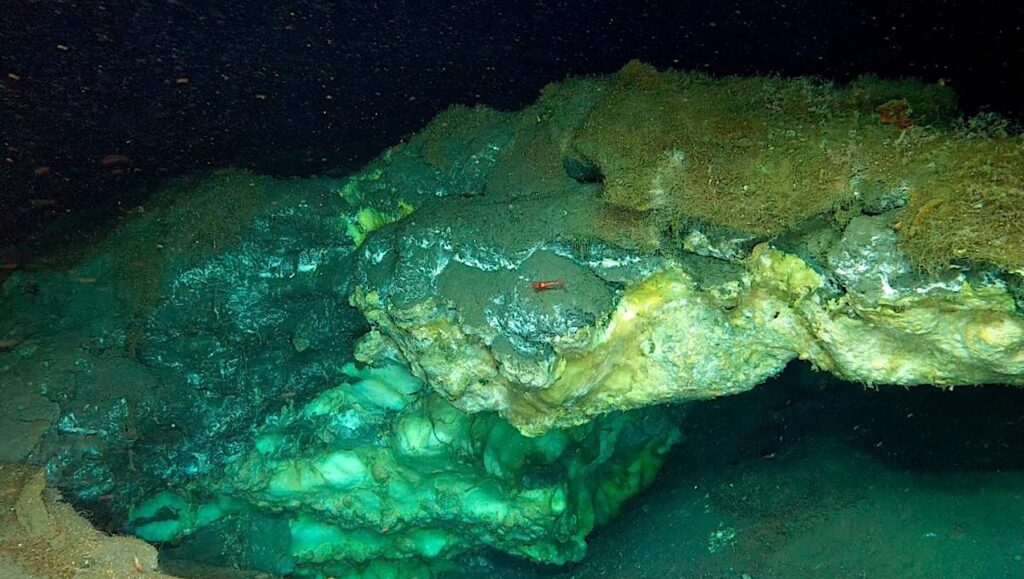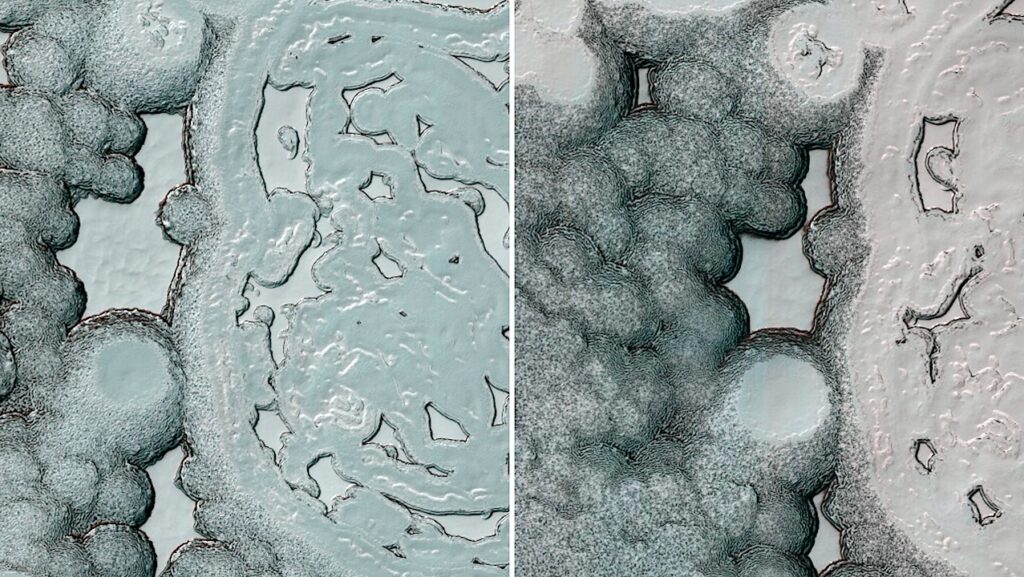Tricorder Tech For Everyone: NASA’s STELLA Open Science Instrument

Editor’s note: NASA has just authored a paper on a new way for people with a wide variety of interests to use – and build – sensor technology that is a preview of the devices we will use to explore other planets. The paper is online here: Science and Technology Education for Land / Life Assessment (STELLA): Democratizing Remote Sensing Science With Low-Cost Open-Source Instruments for Research and Education (open access).
If we aspire to mount astrobiology expeditions to new worlds and then embrace the task of characterizing and quantifying whatever life forms we find, the ability to map and understand whatever metabolic and genomic systems are in operation is important.
On our home world, plants – using photosynthesis to derive energy from our local star – drive the entire life support system that supports Earth’s ecosystems – and therefore, us. Other inhabited worlds that we’ll one day explore will likely have a similarly complex, inter-related ways of supporting its own ecosystems and all of the life forms that comprise them.
Not only do we need to know how alien biota function, but also how it evolved – what differences and similarities they may have with the origin and evolution of life on Earth. Increasing in situ capabilities like this can allow much more preliminary analysis to be done on site – or back on Earth.
As we begin to expand our search for life to other worlds we are going to need to be economical in terms of the equipment we send and how we relay new knowledge back to Earth. Sample return missions are difficult – even when worlds are close to one another.
Doing in situ examination and documentation is going to be very important as we explore other worlds. Not only does it reduce the logistics of sending things back home but it allows data to be sent back at the speed of light. It also allows the astronaut/droid teams to engage in empirical exploration – learning from what they found so as to refine and perfect their continued searching.
As we continue to explore a world, a collection of data will be amassed that is processed so as to form a nascent catalog of life forms. As they are identified and named that catalog- contained within an AI will be increasingly able to identify and differentiate successive life forms as they are encountered – and do so quickly and on the spot in situ – thus amplifying the ability of human explorers and their robotic companions to understand a new world’s biota.
How will we develop these instruments – sensors, tricorders, scanners, smartphones – call them what you will is now underway at NASA. There is a vibrant citizen science / open science / DIY / “hacker” community in America and around the world that seeks to make interesting things out of ordinary materials. Cellphones outperform what we would have called a “super computer” just a generation ago – and they are in everyone’s pocket. Electronic parts can be bought online and how-to instructions are openly available online – globally.
NASA has a cool project called Science and Technology Education for Land/Life Assessment (STELLA) that “uses spectrometers that can be built with low-cost components and 3D printed housings to introduce NASA Earth observation technologies and provide authentic hands-on learning experiences for remote sensing education. STELLA instruments help engage students in the quantitative aspects of satellite data, provide insight into the scientific process, and encourage analytical thinking.”

NASA’s STELLA program located at NASA Goddard Space Flight Center and is funded by the NASA Science Mission Directorate. It is working in this arena of DIY citizen science – often amongst those younger people who comprise what is often called the Artemis Generation – the future researchers who will explore other worlds – in person. This paper describes the project in great detail.
You can learn all about the program here at Science and Technology Education for Land/Life Assessment (STELLA).
This is the sort of thing you’d expect students to be working while learning how to use their tricorders on Away Team missions at Starfleet Academy. Just sayin’ 😉
Here is the new paper that goes into depth about STELLA Science and Technology Education for Land / Life Assessment (STELLA): Democratizing Remote Sensing Science With Low-Cost Open-Source Instruments for Research and Education, Perspectives of Earth and Space Scientists – AGU – (open access)
(Excerpt)
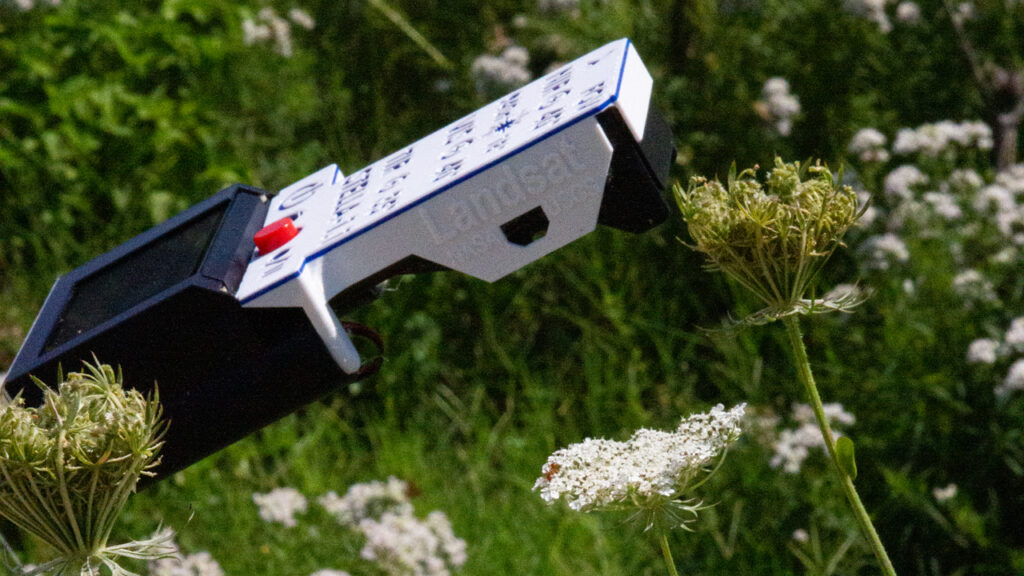
STELLA (short for NASA’s Science and Technology Education for Land / Life Assessment) is a handheld, do-it-yourself gadget that can scan, record, and analyze features of the environment, such as plant health. An example STELLA is shown here during testing at NASA’s Goddard Space Flight Center in Greenbelt, Maryland. In this test experiment, the two plants were given different amounts of water. STELLA readings were taken regularly to monitor and compare the plants’ relative health. NASA’s Goddard Space Flight Center/Sophia Rentschler
Abstract: NASA scientists and engineers, in collaboration with university researchers, have developed low-cost lightweight remote sensing instruments that anyone can build and use to bring remote sensing science to communities beyond traditional professional scientists.
Built from commercially available components, these Science and Technology Education for Land/Life Assessment (STELLA) instruments measure light spectra over 18 channels in the visible and near-infrared range to permit detailed observation of natural and built surfaces and evaluation of vegetation reflectance characteristics.
The simplest of the STELLA instruments, the STELLA-Q, can be quickly assembled by connecting the components with inexpensive cables, at a total cost of approximately $200 in 2025. The STELLA-1 supports additional sensors to measure surface temperature and ambient air parameters, and can be assembled by anyone who can solder, following step-by-step, wire-by-wire instructions.
The open-source software for these instruments is written in a freely available variant of the Python programming language for ease of understanding. The data are recorded in plain text to a micro-SD card for ease of access and analysis.
These inexpensive, accessible instruments make hands-on immersive remote sensing education widely available and can enable new areas of scientific research at spatial and temporal resolutions not practical with the necessarily smaller numbers of expensive instruments.
Key Points
- New lightweight low-cost remote sensing instruments create opportunities for immersive education in sciences, engineering, programming, and data science
- These new instruments create opportunities for environmental research by scientists and citizen-scientists, at higher-density temporal and spatial scales than can be achieved with high-capital space-based or ground-based instruments
- The instruments can be built by anyone from commercially available components using available detailed step-by-step instructions and open-source software
Acknowledgments
The STELLA project is supported by the NASA Goddard Space Flight Center. Lerdau received support for his STELLA work from the Morven Sustainability Lab of the University of Virginia. We thank Nyssa Rayne, Paige Williams, Pat Haas, Elana Resnick, Chris Neigh, Ginger Butcher, Bob Swap, Shawn Serbin, Maggie Wooten, Phil Dabney, Craig Kohn, Peder Nelson, Huitziméngari Campos, Sabrina Pillai, and Christina Ballagh for their enthusiastic assistance and expertise in science communications, remote sensing, instrument systems, project coordination, and scientific programming. We thank Kit Transue and Alan Grover for their invaluable coding instruction and guidance. The support and expertise provided by the people of the NASA Goddard Space Flight Center, including the Landsat team and the Earth Sciences Division, are crucial to the success of this project. We extend our appreciation to all those at NASA Goddard and elsewhere who contributed to the STELLA project.
Data Availability Statement
The data supporting this paper are available in the Open Science Framework (OSF) repository under the folders files > data at https://doi.org/10.17605/OSF.IO/HMNYT.

The STELLA-Q2 instrument measuring a peperomia leaf. (a) The STELLA-Q2 instrument mounted on a paint stick. (b) The STELLA-Q instrument in a 3D printed housing. (c) The back of the STELLA-Q2 instrument with the cover removed, showing the internal connector-only wiring. — NASA
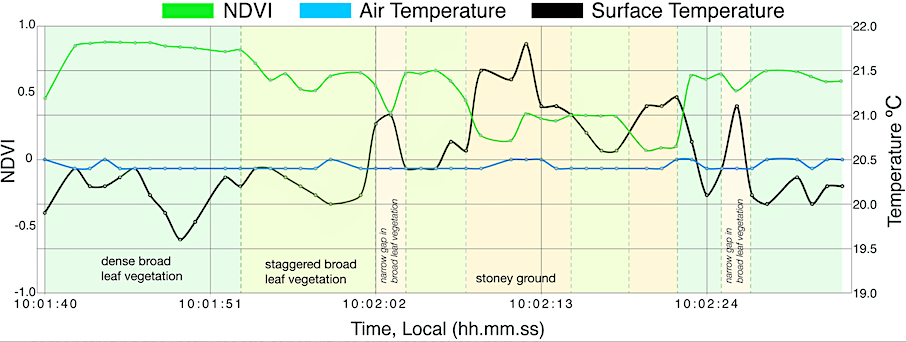
Multispectral and thermal measurements taken with the STELLA-1.1, demonstrating the instrument’s capability to simultaneously derive a vegetation index (e.g., normalized difference vegetation index) and measure temperatures, to compare vegetation parameters and surface characteristics across heterogeneous landscapes. — NASA
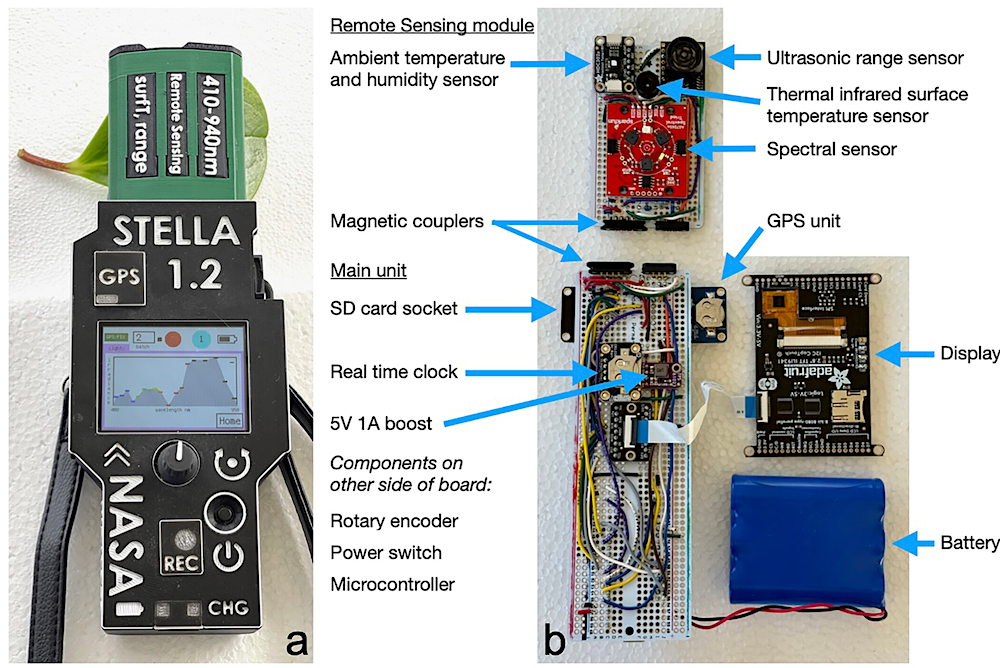
The STELLA-1.2 instrument in use and disassembled. (a) The STELLA-1.2 instrument with the Remote Sensing module measuring a peperomia leaf. (b) The STELLA-1.2 instrument and Remote Sensing module electronics boards with the housings removed, showing the internal hand-soldered wiring. — NASA
Here is the new paper that goes into depth about STELLA Science and Technology Education for Land / Life Assessment (STELLA): Democratizing Remote Sensing Science With Low-Cost Open-Source Instruments for Research and Education, Perspectives of Earth and Space Scientists – AGU – (open access)
Astrobiology, Astrogeology,




